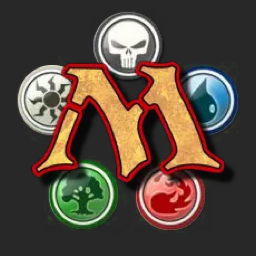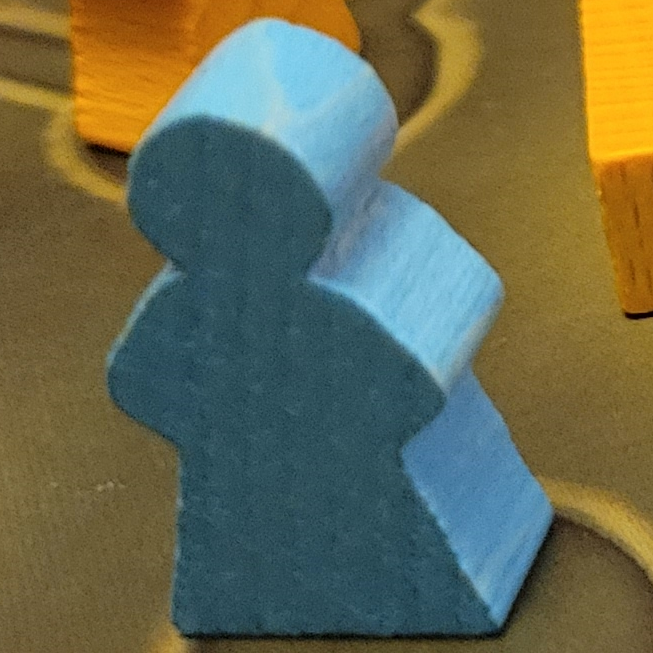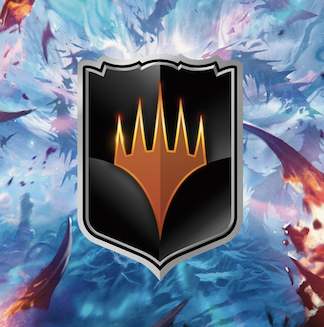

It was my weakest attended prerelease event since I became a WPN store back in 2019. Obviously not counting COVID era events.
I had 5 people on Friday, 2 people on Saturday. It tied my next lowest, which was Aetherdrift with 0 frost and 7 people Saturday.
Aetherdrift I at least had a lot of take home prerelease kits. Final Fantasy had zero.
Sales for Final Fantasy are up over Aetherdrift, and Tarkir Dragonstorm, which had abysmal sales. Since TDS’s release I have sold more Bloomburrow than I have Tarkir.


Bloomburrow was really big for me, I think I had 16. Bear in mind I am a really small shop in a town of <10,000. My prereleases are normally 12-14.